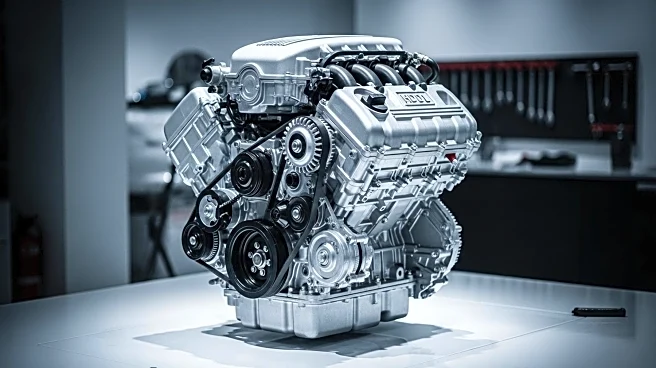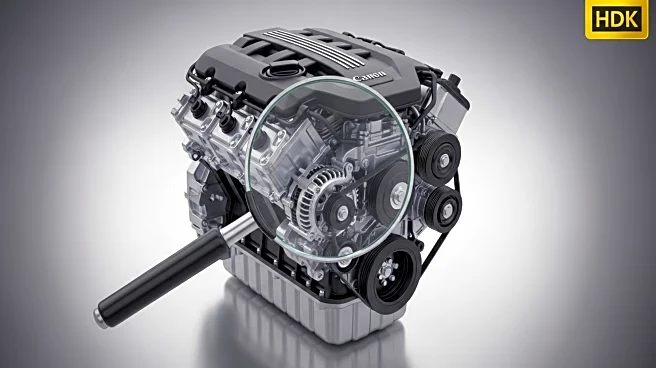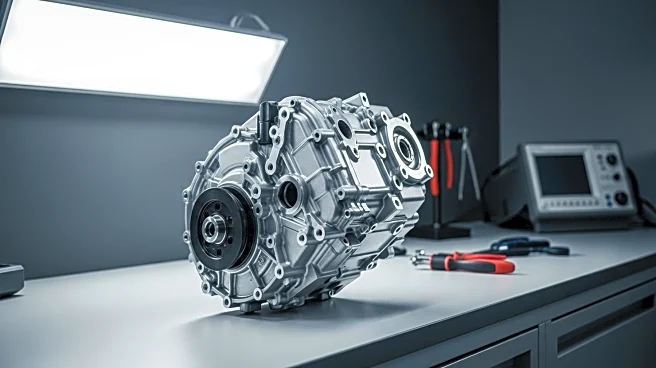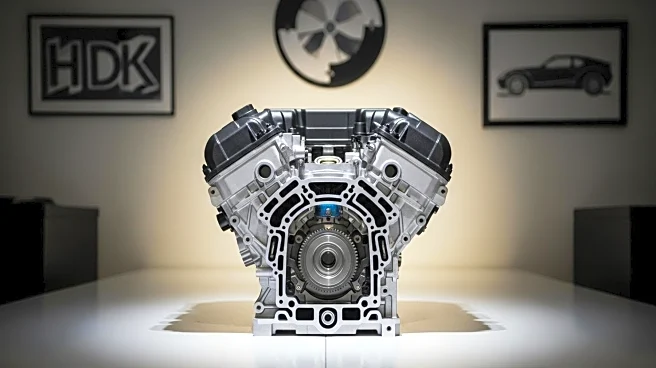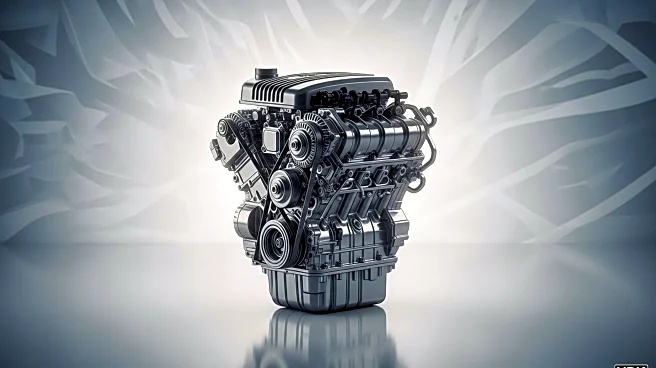Rapid Read • 7 min read
The National Highway Traffic Safety Administration (NHTSA) has launched an investigation into 1.4 million Honda and Acura vehicles due to reports of connecting rod bearing failures in the 3.5-liter V-6 engine. The affected models include the Acura TLX, Acura MDX, Honda Pilot, Honda Odyssey, and Honda Ridgeline from various model years. The investigation follows a previous recall in 2023 for similar issues, but the current inquiry suggests a different manufacturing defect may be responsible. The NHTSA's Office of Defects Investigation is gathering evidence to assess the scope and severity of the problem, which could lead to another significant recall.
AD
This investigation is critical for Honda and Acura owners, as it could result in a substantial recall affecting over a million vehicles. Engine defects pose serious safety risks, potentially leading to engine seizures and accidents. For Honda, addressing these issues is vital to maintaining consumer trust and avoiding financial losses associated with recalls and repairs. The investigation also highlights the importance of stringent quality control measures in automotive manufacturing. The outcome could influence industry standards and regulatory practices, impacting how manufacturers address defects and ensure vehicle safety.
The NHTSA will continue its investigation to determine the extent of the defect and its impact on vehicle safety. Depending on the findings, Honda may be required to issue a recall and implement corrective measures. This process will involve collaboration with regulatory authorities and communication with affected vehicle owners. The automotive industry will be closely watching the investigation's progress, as it may set precedents for handling similar defects in the future. Stakeholders, including consumers and industry experts, will be keenly interested in the resolution and its implications for vehicle safety standards.
AD
More Stories You Might Enjoy
